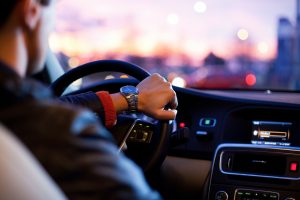Understanding Drowsy Driving in Relation to DWI

While accident and deaths as a result of DWI/DUI get most of the media attention, a report from AAA shows that in the Spring of the year 2010, more than 41% of the U.S. drivers surveyed admitted to having nodded off or fallen asleep while driving. In fact, drowsy driving was the cause of approximately one of every six fatal car accidents and one of every eight crashes that resulted in a hospital visit. These statistics, however, do not even reflect the entirety of the problem.
One main reason that accidents resulting from drowsy driving are not often reported is because of hyperarousal. Hyperarousal is a condition or state that usually eliminates all noticeable signs of impairment due to fatigue and drowsiness. Since the more noticeable signs of drowsiness are eradicated by the chaos of an automobile accident, the main cause of the crash is often not detected or reported.


